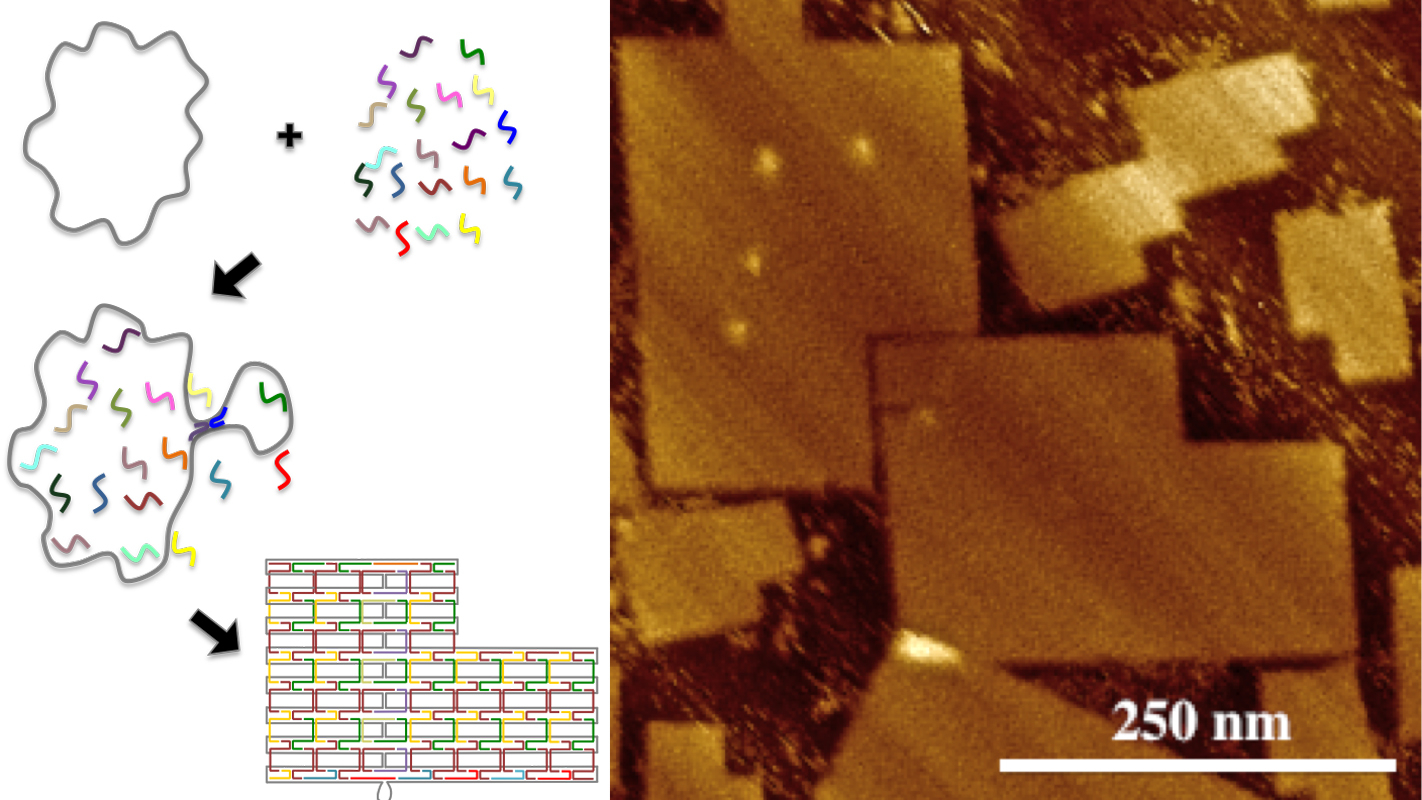May 6, 2014
What Makes Spider-Man’s Web So Strong?
Spider-Man’s webs are pretty impressive, capable of supporting Spidey’s weight as he swings through New York, trapping super-villains and even suspending cars above city streets. What are they made of? And how are they made? Spider webs are notoriously strong, with spider silk reported as having a tensile strength of up to 1.75 gigapascals (GPa),…



